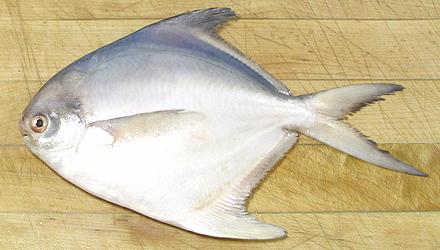
Fresh fish guidelines:
- Whole fish or fish fillets should generally have firm, shiny flesh. Fish fillets that have been previously frozen might not look
- Whole fish should have bright, clear, full eyes that are often protruding and gills that are bright red or pink.
- Check to make certain that there is no darkening or brown or yellowish discoloration around the edges of fish fillets and steaks, especially if the edges appear dry or mushy.
Live Seafood and Shellfish guidelines:
- Live clams, oysters, and mussels might have slightly gaping shells and should close tightly when tapped. If not, the shellfish might be dead and should be discarded.Live crabs and lobster legs should show leg movement. Leg activity will lessen if refrigerated, but legs should show some movement.
- Raw shrimp meat should be firm and have a mild odor. The shells of most varieties are translucent with a grayish green, pinkish tan, or light pink tint. The shells should not have blackened edges or black spots: this is a sign of quality loss. However, tiger shrimp have bluish colored shells with black lines between the segments of the shell (these are not black spots).
- Fresh scallop meat shave a firm texture and a distinctly sweet odor. A sour or iodine smell indicates spoilage. The smaller bay and calico scallops are usually creamy white, although there might be some normal light tan or pink coloration. The larger sea scallops are also generally creamy white, although they might.
Frozen fish guidelines:
- Whole fish should be free of ice crystals, with no discoloration.
- Fillets or steaks should be solidly frozen in the package.
- There should be no evidence of the fish drying out (white spots, dark spots, discoloration, or fading of red or pink flesh).
- There should be no signs of frost or ice particles inside the package. There should be no liquid (frozen or thawed) in the package.


